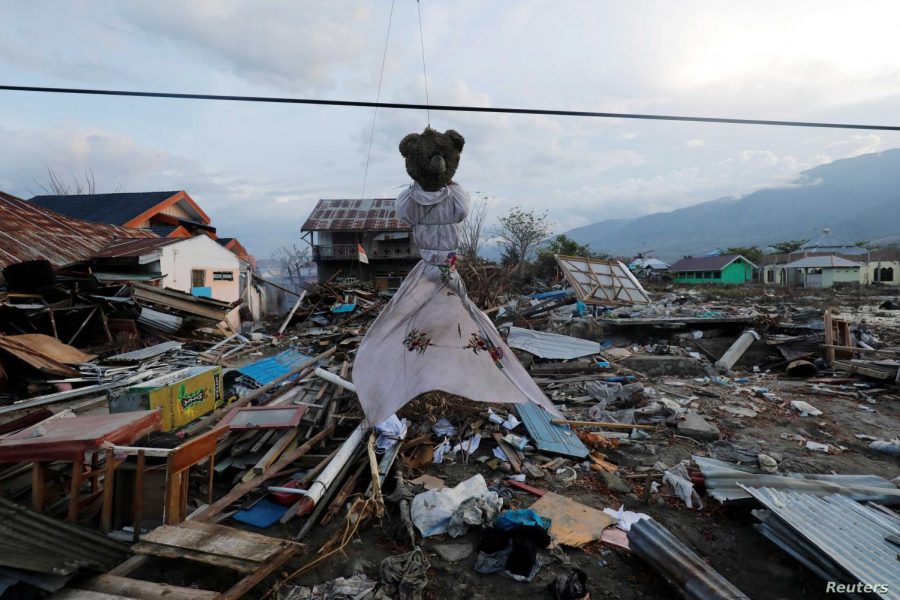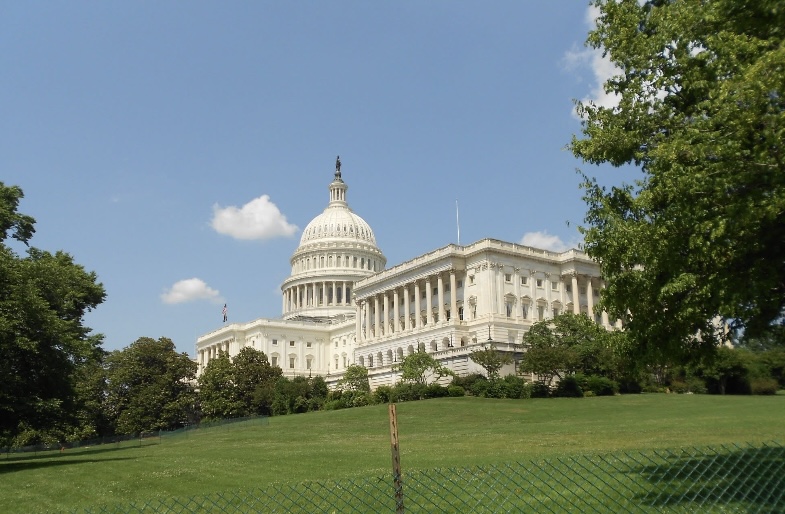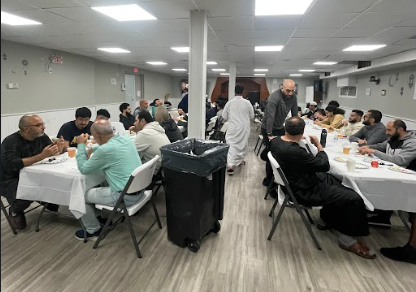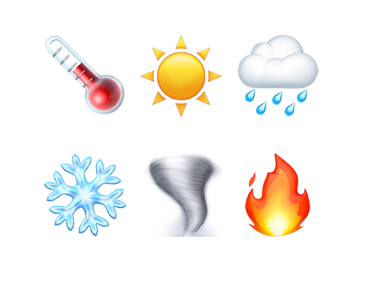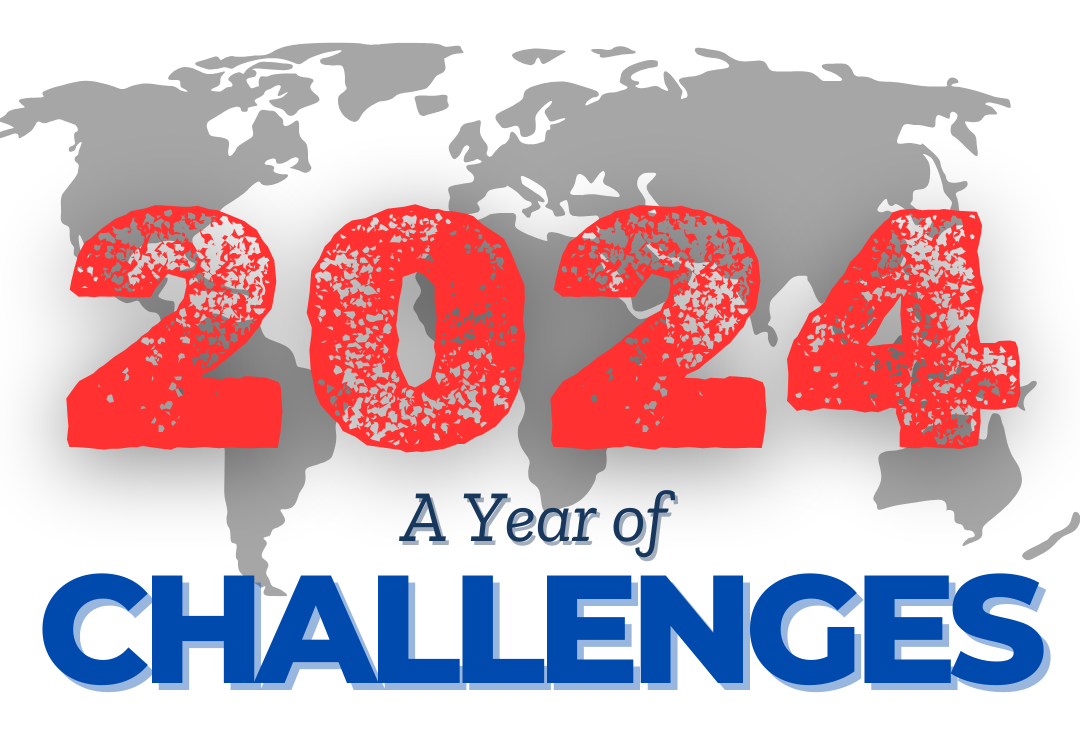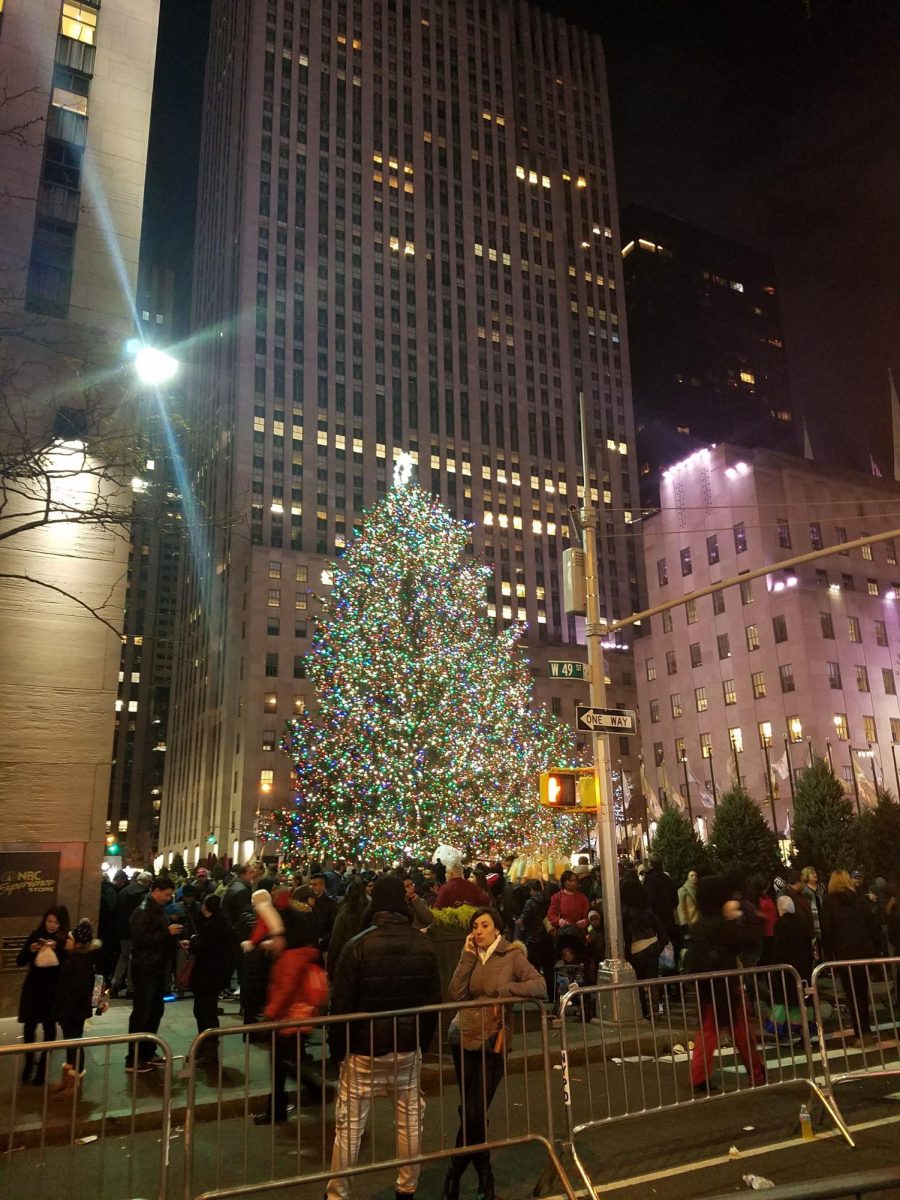2019 was a year of many fortunes and tragedies, such tragedies being the naturals disasters. Compared to any other year, 2019 became one of the worst years for natural disasters. Within the year, there were 5 deadly natural disasters that occurred. In total above 1,400 people had died in the casualties. Even if these storms are unpredictable and unpreventable, there are many ways people can still help lower the amount.
Typhoon Idai
In March of 2019, a Tropical Cyclone Idai hit southeastern Africa. This storm became one of the deadliest storms ever recorded to hit the Southern Hemisphere. According to the International Disaster Database, Idai killed 602 people in Mozambique and 299 in Zimbabwe, killing in a total of 901 people. One of the most affected areas was Beria, Mozambique’s second-largest port city of 530,000 people. The cyclone also knocked out transmission lines in Mozambique that carry the power to South Africa. On March 21, the cyclones’ disasters had finished but had already dumped heavy rains. In Mozambique, the storm flooded more than 360,000 hectares of crops, damaged at least 17,000 houses, and dozens of health units.
India Heat Wave
In early June of 2019, the Northern part of India experienced high temperatures such as 45 degrees Celsius (113 degrees Fahrenheit). According to India’s Ministry of Earth Sciences, the number of heatwaves has been increasing. In 2019, an abundant amount of rainfall during the pre-monsoon season have made the heat more unbearable. Monsoon weather has been running about a week late in its journey across the southeast Bay of Bengal. Delhi has also experienced some temperature dips due to rain on June 11th and 12th. However, monsoon season may not fully develop in north or central India until early July.
Japan Heat Wave
In July, a heatwave kills more than 162 people in Japan. Over 18,000 people are sent to the hospital due to heart-related issues. 729 people are diagnosed with severe symptoms, that need more than three weeks of treatment. On the other hand, 6,548 had less serious issues, requiring shorter stays. The high temperatures were the second-highest since 2008, according to the Fire and Disaster Management Agency. Japan is advising its people to constantly stay hydrated and rest in cooler areas.
Typhoon Lekima in China
In August, China, unfortunately, received a huge cyclone. This typhoon killed 33 people and left several people missing. Early Sunday morning the storm crossed against the coast south of Shanghai which knocked out hundreds of houses. According to Sky News.,more than a million residents were evacuated from China’s coast in advance of the storm, and more than 180 rescue teams, 36,000 firefighters and 8,400 fire engines were on standby. Before the storm, China had canceled all flights and trains coming into and out of the country. According to The New York Times, the typhoon has spurred landslides, including in a village in Yongjia county, where 23 people were killed. In the city of Linhai, water reached the first floor of many buildings.
Typhoon Hagibis in Japan
Lastly in October, Typhoon Hagibis hit Japan causing two major natural disasters within the same year. This typhoon killed 86 people and left 140 people injured. Within the Tokyo area, there have been multiple evacuation advisories affecting millions of people. The storm weakened when it neared land. However, is still highly dangerous to the public. There is an estimate of around 3,185 residents that are living in damaged homes.
Conclusion
2019 was one of the worst years for natural disasters. These disasters may be unpredictable and are not able to control. However, educating oneself about these different disasters may raise awareness. This could help people’s lives and could lower the death rates in the storms. Letting people know if there is a disaster coming their way may advise them to evacuate. We can also keep our environment healthy. This helps us limit climate change and eventually leads to a decrease in natural disasters. An interesting fact is the Associated Press-NORC Center for Public Affairs Research found that nearly half of Americans said today’s climate science “is more convincing than five years ago, with extreme weather driving their views.”




